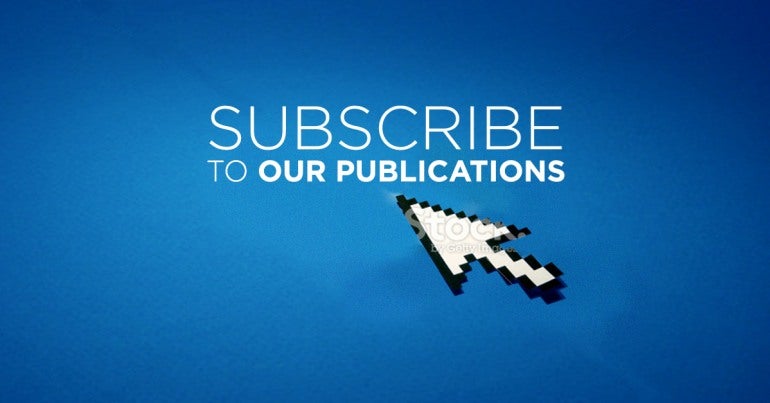 Economic growth – Real gross domestic product (GDP) grew by 2.6% in the last three months of 2024, beating expectations. Growth was driven by higher household and business spending. Economic growth did not keep up with population growth, and per capita GDP fell by 1.4% in 2024. The Bank of Canada currently forecasts that Canadian economic growth will be 1.8% in 2025 and 2026, but there is a lot of uncertainty around this forecast.
Economic growth – Real gross domestic product (GDP) grew by 2.6% in the last three months of 2024, beating expectations. Growth was driven by higher household and business spending. Economic growth did not keep up with population growth, and per capita GDP fell by 1.4% in 2024. The Bank of Canada currently forecasts that Canadian economic growth will be 1.8% in 2025 and 2026, but there is a lot of uncertainty around this forecast.
Jobs – Canada’s unemployment rate increased from 5.9% in February 2024 to 6.6% in February 2025. The labour market added jobs in the private sector in December and January, but was flat in February. Uncertainty around Donald Trump’s tariffs has already led to layoff announcements, leading economists to expect the unemployment rate will increase in March.
Wages – Average hourly wages in February 2025 were $36.14, an increase of 3.8% compared to a year earlier.
Inflation – The consumer price index (CPI), which measures changes in the cost of goods and services, was 1.9% higher in January compared to the previous year. This increase was driven mostly by higher energy prices, which increased by 5.3% in January. Prices for rent also increased faster than overall inflation — on average, rents were 6.0% higher than January last year.
Interest rates – The Bank of Canada has cut interest rates seven times in a row, from 5.0% in June 2024 to 2.75% in March 2025. The threat of Trump’s tariffs creates the risk of both a recession and the return of inflation. On March 12, the Bank of Canada said they cannot offset the impact of a trade war, but they can take action against tariff induced inflation. This indicates that they may be ready to raise rates again at the first hint of inflation returning, even if Canada is experiencing slowing GDP and job loss from US tariffs. The next interest rate announcements are scheduled for April 16, 2025 and June 4, 2025


